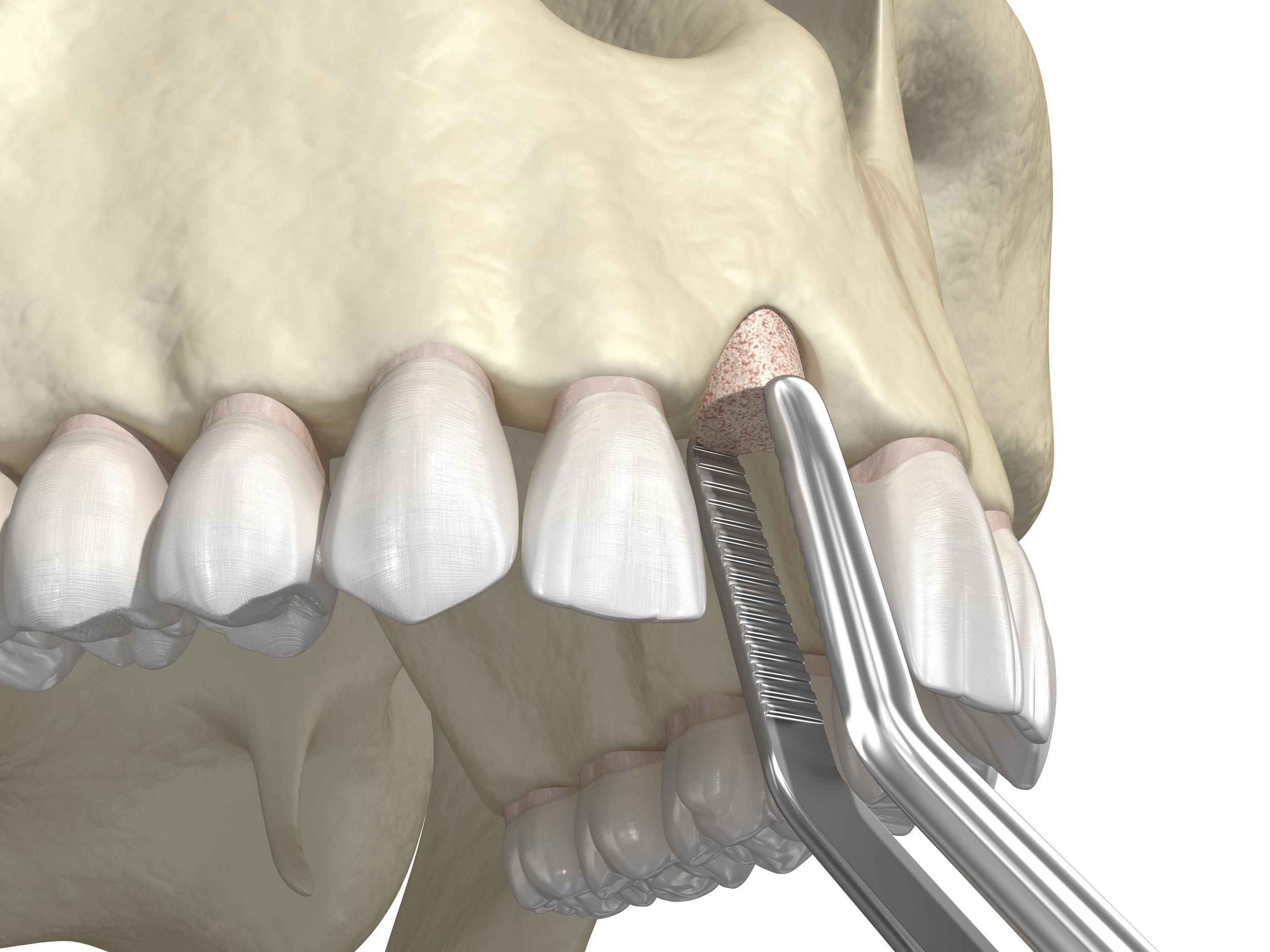
Bones give our bodies structure, shape, and crucial protection for our organs and soft tissues. Around your teeth, the alveolar bone acts as a foundation, anchoring each tooth securely in place. However, this specialized bone can lose height, density, and shape due to gum disease, tooth extractions, or injury.
Once the alveolar bone diminishes, it does not regenerate naturally. Thankfully, modern grafting techniques can often encourage new bone growth. When a tooth is removed, the resulting hole in the jawbone may shrink as it heals, which can reduce bone support for nearby teeth. By placing grafting material at the time of extraction, we can help preserve the original bone level—especially important if you are considering dental implants in the future.
Even in areas where significant bone loss has already occurred, special grafting materials can reinforce and restore much of the jawbone. However, bone loss from gum disease can create deep defects that may not always be fully reversible. While some of these cases are suitable for grafting, preventing gum disease is always more effective than treating bone loss after it happens. Working with our Serenity Dental team to keep your gums healthy is the best way to protect your bone and overall oral health.

